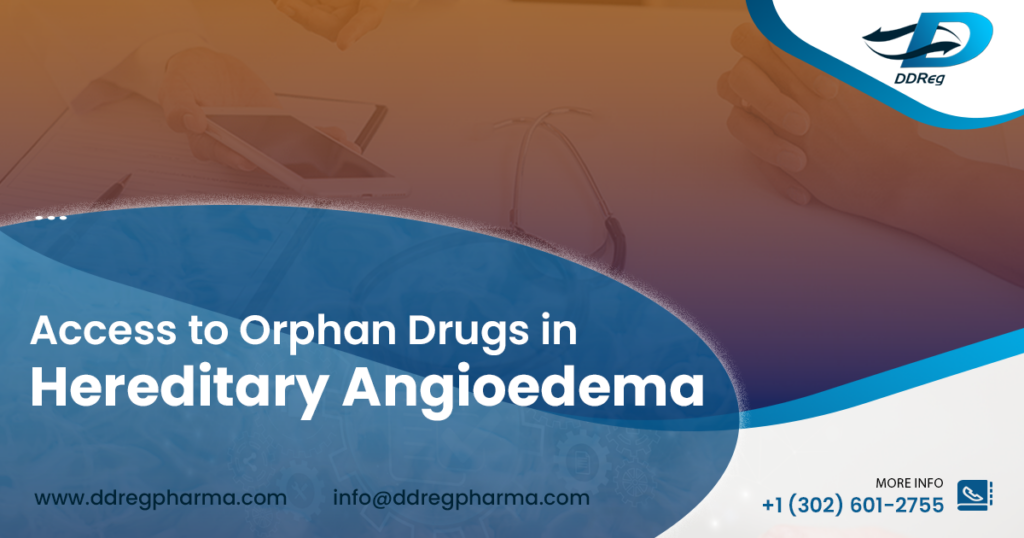HAE treatment options as orphan drug designations
- Regulation (EC) No 141/2000: establishes the process for orphan drug designation in the EU; defines development and market access incentives; establishes Committee for Orphan Medicinal Products (COMP)
- Regulation (EC) No 847/2000: establishes rules for implementation; defines the essentials for Orphan Regulation application. This regulation came into force in April 2000 allowing drug sponsors to begin application submission for orphan designation to EMA
- Regulation (EC) No 726/2004: indicated that MAs for orphan drugs should follow the centralized procedure
- Regulation (EC) No 507/2006: this regulation was adopted in March 2006 to provide a framework for conditional marketing authorizations for orphan drugs under Regulation (EC) No 726/2004
- Regulation (EC) No 1901/2006: established that the market exclusivity period for orphan drugs may be extended to 12 years if the submitted study results are compliant with an agreed on pediatric investigation plan at the time of MA
- Regulation (EC) No 2049/2005: determined that scientific services and advice for orphan drugs would be provided to small and medium sized enterprises free of charge.
[1] Banerji A, Busse P, Christiansen SC, Li H, Lumry W, Davis-Lorton M, Bernstein JA, Frank M, Castaldo A, Long JF, Zuraw BL. Current state of hereditary angioedema management: a patient survey. InAllergy and Asthma Proceedings 2015 May (Vol. 36, No. 3, p. 213). OceanSide Publications.
[2] Lunn M, Santos C, Craig T. Cinryze™ as the first approved C1 inhibitor in the USA for the treatment of hereditary angioedema: approval, efficacy and safety. Journal of blood medicine. 2010 Aug 24:163-70.
[3] Lumry WR. Hereditary angioedema: the economics of treatment of an orphan disease. Frontiers in medicine. 2018 Feb 16;5:22.
[4] Icatibant Icatibant: HOE 140, JE 049, JE049 – PubMed (nih.gov)
[5] European Medicines Agency. Orphan designation: overview. 2023
[6] European Medicines Agency. Factsheet: Orphan medicines in the EU. 2023
[8] Orphanet Report Series. List of medicinal products for rare diseases in Europe. 2021
[9] Handfield R, Feldstein J. Insurance companies’ perspectives on the orphan drug pipeline. American health & drug benefits. 2013 Nov;6(9):589.
[10] Hyde R, Dobrovolny D. Orphan drug pricing and payer management in the United States: are we approaching the tipping point?. American health & drug benefits. 2010 Jan;3(1):15.
[11] Robinson SW, Brantley K, Liow C, Teagarden JR. An early examination of access to select orphan drugs treating rare diseases in health insurance exchange plans. Journal of Managed Care Pharmacy. 2014 Oct;20(10):997-1004.
[12] Petraroli A, Squeglia V, Di Paola N, Barbarino A, Bova M, Spanò R, Marone G, Triggiani M. Home therapy with plasma-derived C1 inhibitor: a strategy to improve clinical outcomes and costs in hereditary angioedema. International archives of allergy and immunology. 2015;166(4):259-66.
[13] European Medicines Agency. Legal framework: orphan designation. 2023

